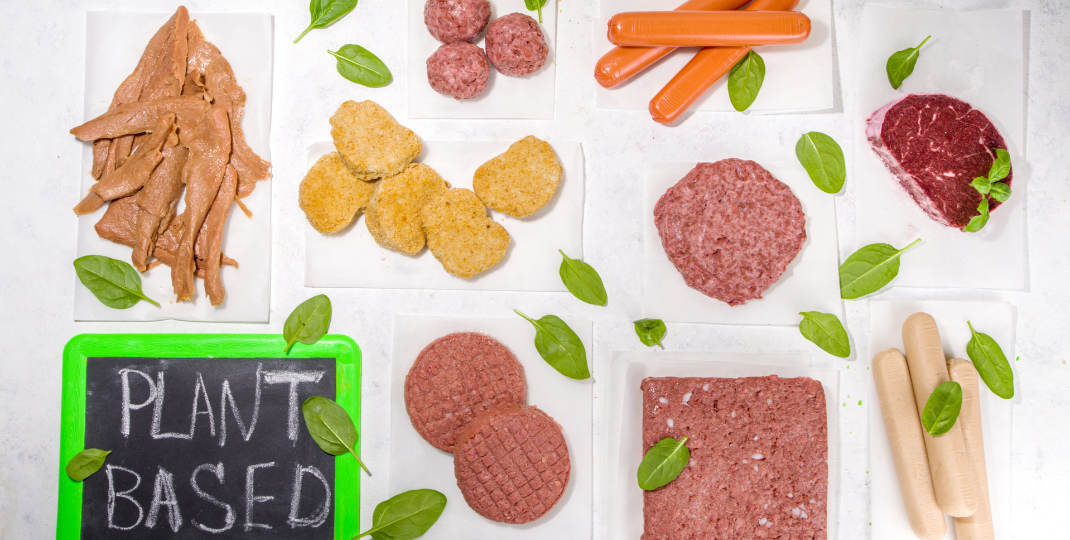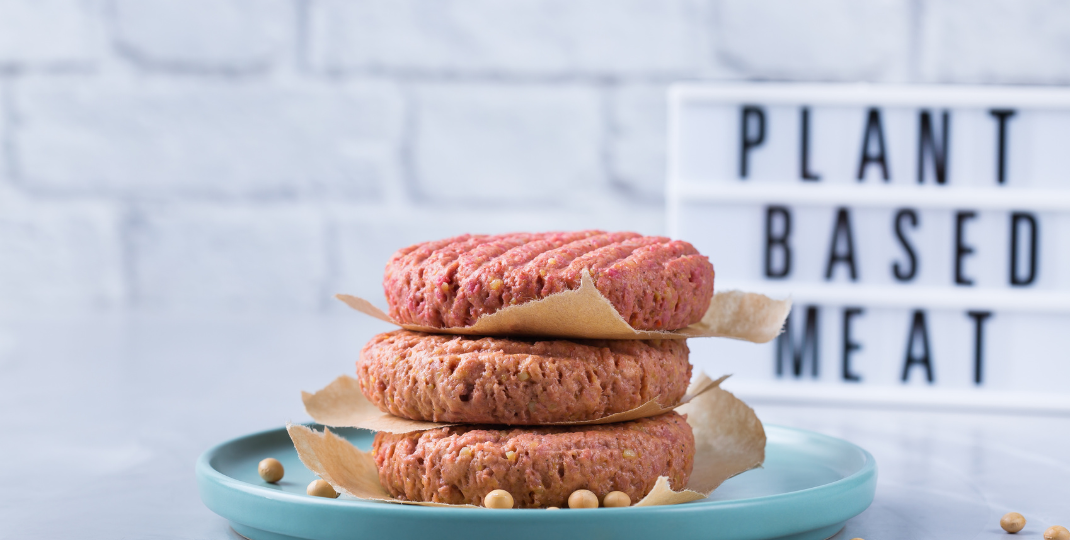Lipid degradation during extraction is a common challenge faced in the field of analytical chemistry, particularly when quantifying lipids in biological samples. The presence of lipids can interfere with the accurate quantification of other biomolecules, leading to misleading results. To minimize lipid degradation and ensure accurate quantification, various strategies can be employed during the extraction process. This includes using appropriate solvents, minimizing exposure to oxygen and light, and controlling temperature and pH conditions. By optimizing these factors, researchers can improve the accuracy and reliability of lipid quantification in their analyses.
Factors contributing to lipid degradation during extraction
There are several potential factors that can contribute to lipid degradation during extraction, including exposure to high temperatures, oxygen, light, and enzymes. High temperatures can accelerate the breakdown of lipids through heat-induced oxidation reactions, while exposure to oxygen can lead to oxidative rancidity. Light can also promote lipid degradation by initiating photooxidation processes. Additionally, the presence of enzymes, such as lipases, can catalyze the hydrolysis of lipids into free fatty acids and glycerol. Proper handling and storage of lipid-containing samples, as well as utilizing appropriate extraction methods and conditions, are essential in minimizing lipid degradation and preserving the quality of extracted lipids.

How can the choice of solvent affect lipid stability during extraction?
The choice of solvent can significantly affect lipid stability during extraction. Solvents with high polarity, such as water or alcohols, are more likely to cause oxidation and degradation of lipids due to their ability to disrupt the lipid structure and promote the formation of free radicals. On the other hand, non-polar solvents like hexane or ether are more gentle on lipids and less likely to cause oxidation. Additionally, the solubility of lipids in different solvents can also impact the efficiency of extraction, with certain solvents being more effective at extracting specific types of lipids. Therefore, selecting the appropriate solvent is crucial to maintain lipid stability and integrity during extraction processes.
Are there specific techniques or methods that can be utilized to prevent lipid oxidation during extraction?
There are several techniques and methods that can be utilized to prevent lipid oxidation during extraction, including the use of antioxidants such as tocopherols, ascorbic acid, or butylated hydroxytoluene (BHT) to inhibit the formation of free radicals. Another approach is to minimize exposure to oxygen by conducting extractions under inert atmospheres such as nitrogen or argon. Additionally, using low temperatures and avoiding prolonged heating can help prevent lipid oxidation by slowing down the rate of oxidation reactions. Finally, storing extracted lipids in dark, airtight containers at low temperatures can also help minimize oxidation.
What role does temperature play in lipid degradation during extraction?
Temperature plays a critical role in lipid degradation during extraction because it can greatly impact the stability of lipids. High temperatures can accelerate the oxidation of lipids, leading to the formation of harmful compounds such as free radicals and peroxides, which can degrade the quality and nutritional value of the extracted lipids. On the other hand, low temperatures can help preserve the integrity of lipids by slowing down the rate of oxidation. Therefore, maintaining the right temperature during lipid extraction is crucial in order to minimize lipid degradation and ensure the final product's quality and shelf life.
How can the duration of the extraction process impact lipid stability?
The duration of the extraction process can impact lipid stability by exposing the lipids to prolonged heat, light, and oxygen, which can lead to oxidation and degradation of the lipids. Longer extraction times can also result in a higher likelihood of impurities or contaminants being introduced into the lipid extract, further compromising its stability. Additionally, extended extraction processes may lead to increased moisture content in the final product, which can promote lipid oxidation and spoilage over time. Therefore, it is important to carefully monitor and control the duration of the extraction process to ensure optimal lipid stability.

Are there any additives or antioxidants that can be used to protect lipids from degradation during extraction?
Yes, there are several additives and antioxidants that can be used to protect lipids from degradation during extraction. Some common examples include tocopherols (vitamin E), ascorbic acid (vitamin C), butylated hydroxyanisole (BHA), butylated hydroxytoluene (BHT), and propyl gallate. These compounds work by scavenging free radicals and preventing oxidation of the lipids, which helps to maintain their integrity and stability during the extraction process. Additionally, chelating agents such as EDTA can be used to bind metal ions that may catalyze lipid oxidation reactions. Overall, incorporating these additives and antioxidants into the extraction process can help to preserve the quality of the extracted lipids and prevent unwanted degradation.
What is the impact of light exposure on lipid degradation during extraction?
Exposure to light during lipid extraction can have a significant impact on the degradation of lipids. Light exposure can lead to the generation of reactive oxygen species, which can cause oxidative degradation of lipids, leading to the formation of off-flavors and potentially harmful compounds. Therefore, it is important to minimize light exposure during lipid extraction to preserve the quality and integrity of the extracted lipids. Additionally, using light-protective packaging or storage methods can help prevent lipid degradation and maintain the desired characteristics of the extracted lipids.
How can the pH of the extraction solution affect lipid stability?
The pH of the extraction solution can greatly affect lipid stability because it can impact the charge and structure of the lipids. Lipids are sensitive to changes in pH as they contain fatty acids that can be easily oxidized or degraded under acidic or alkaline conditions. A lower pH can lead to lipid hydrolysis and degradation, while a higher pH can cause lipid oxidation and rancidity. Therefore, maintaining the appropriate pH level in the extraction solution is crucial to preserving the integrity and stability of lipids during the extraction process.
Minimizing Lipid Degradation in Extraction for Accurate Quantification
To minimize lipid degradation during extraction and ensure accurate quantification, it is important to handle samples with care and avoid exposure to heat, light, and oxygen. Using techniques that involve cold extraction methods and the addition of antioxidants can help preserve the integrity of lipids. Additionally, proper storage conditions, such as keeping samples in airtight containers at low temperatures, can also prevent degradation. By following these guidelines and utilizing appropriate extraction methods, researchers can obtain reliable and precise measurements of lipid content in samples.
